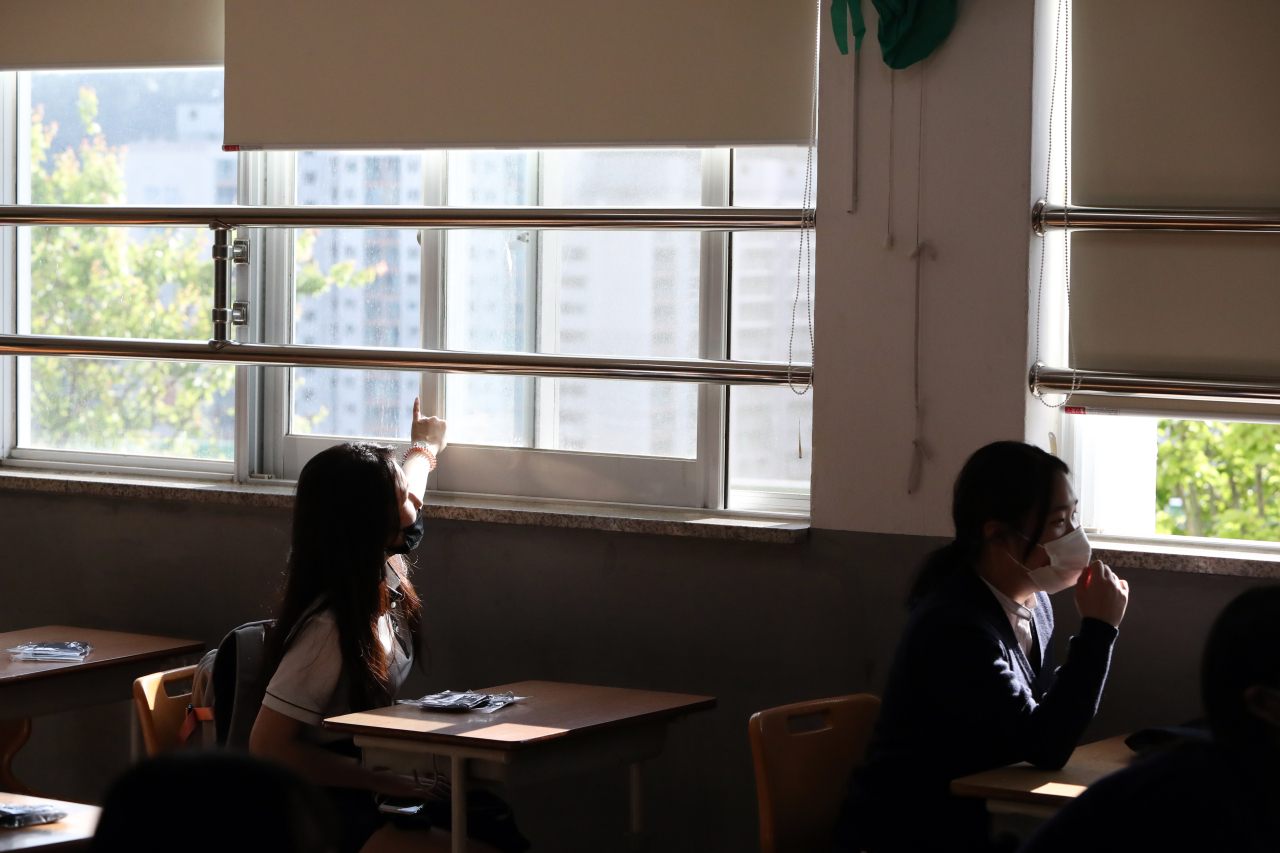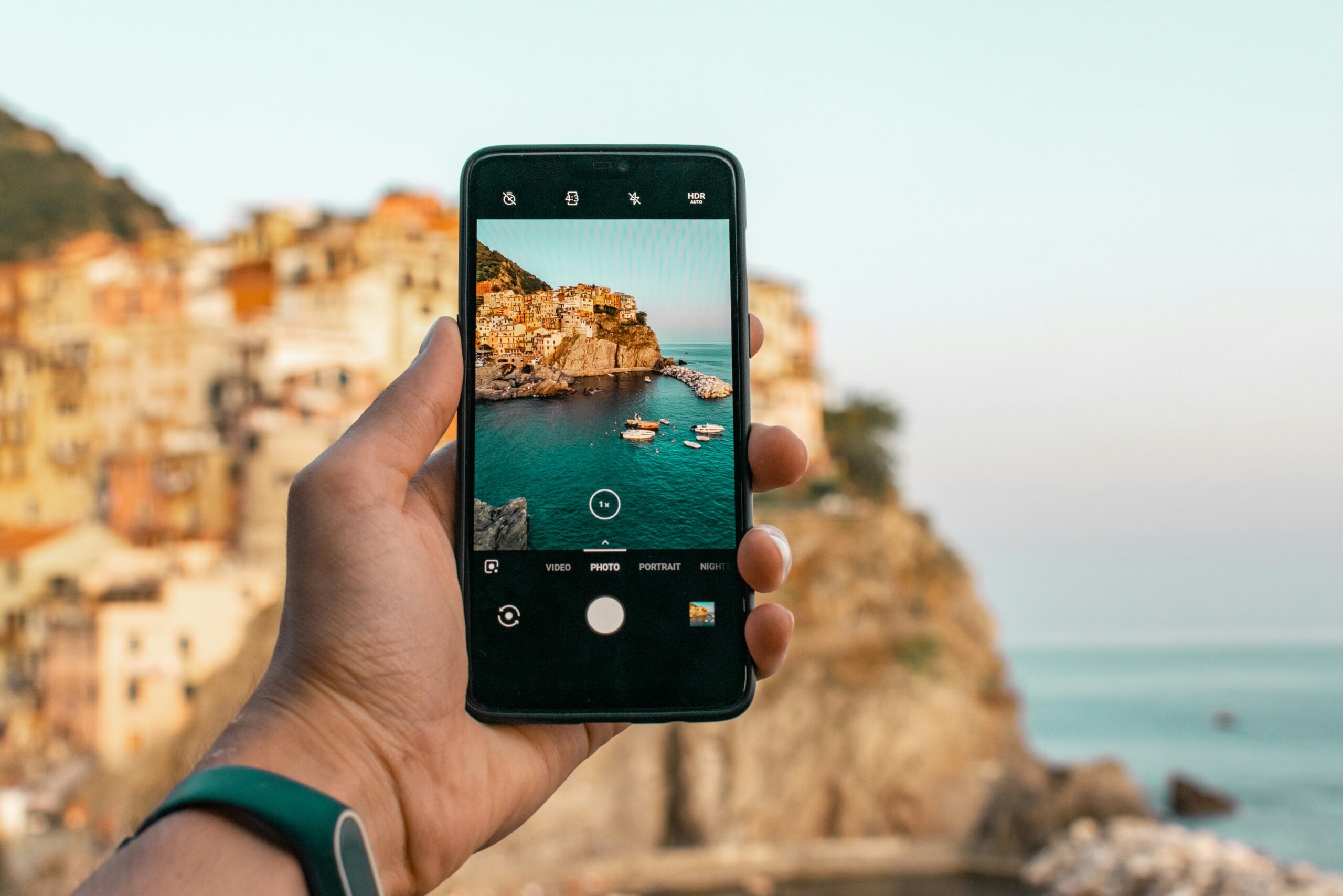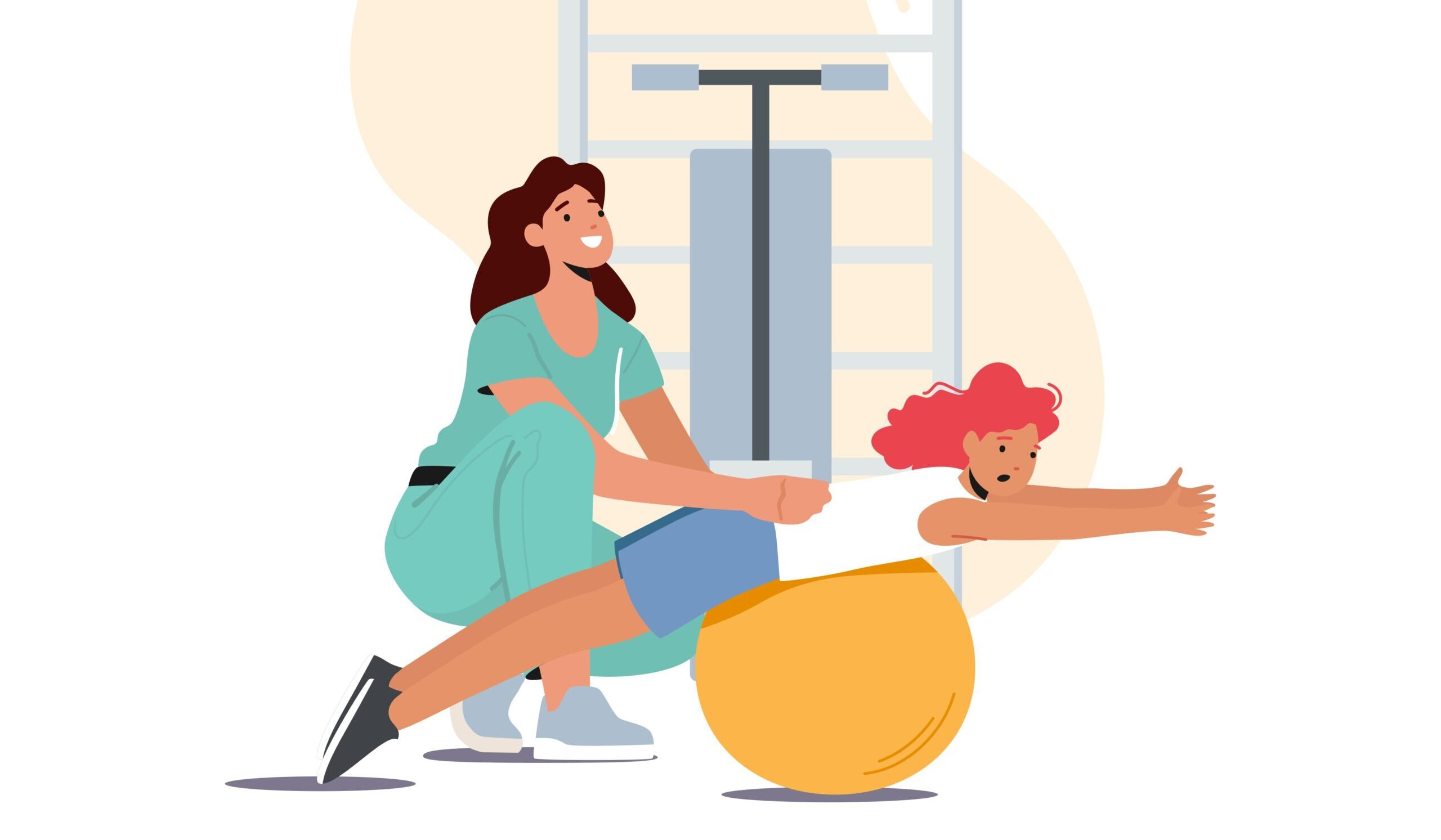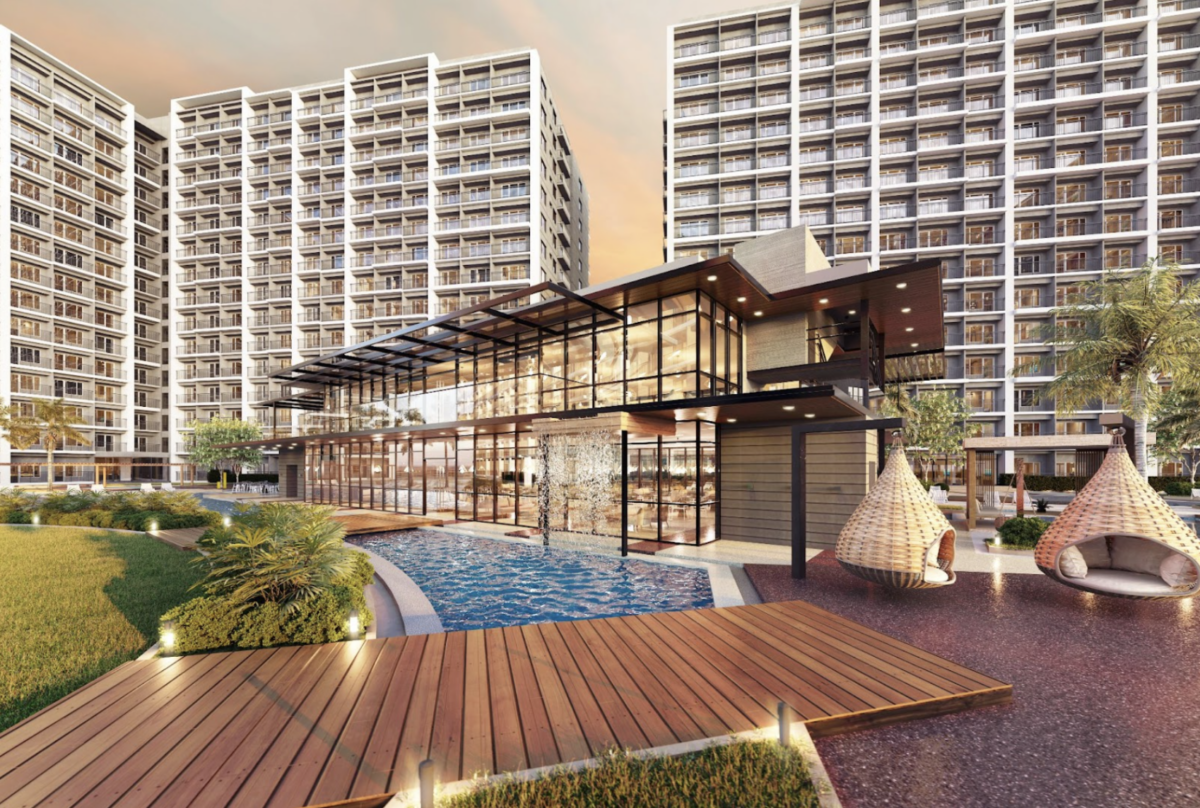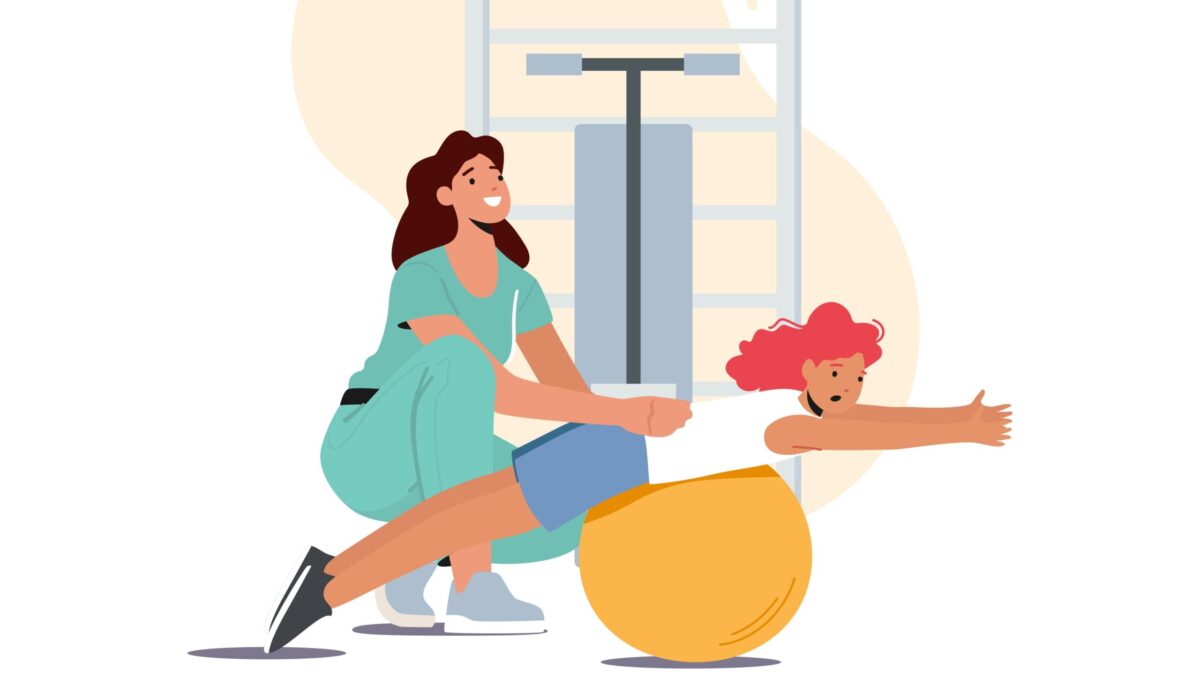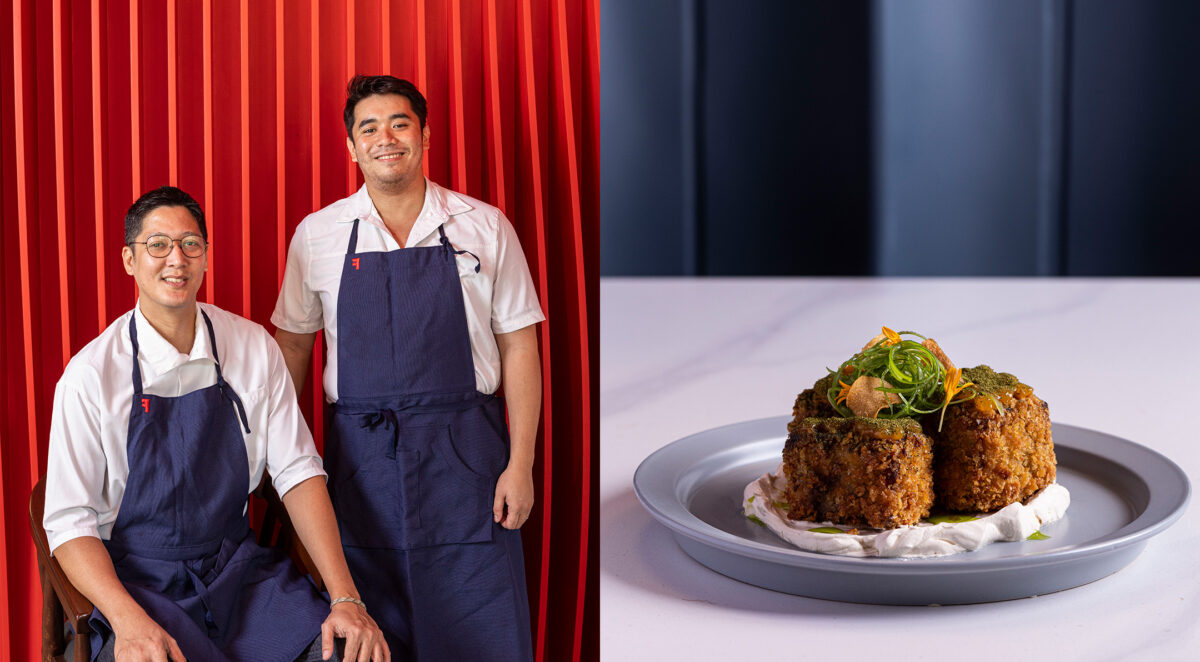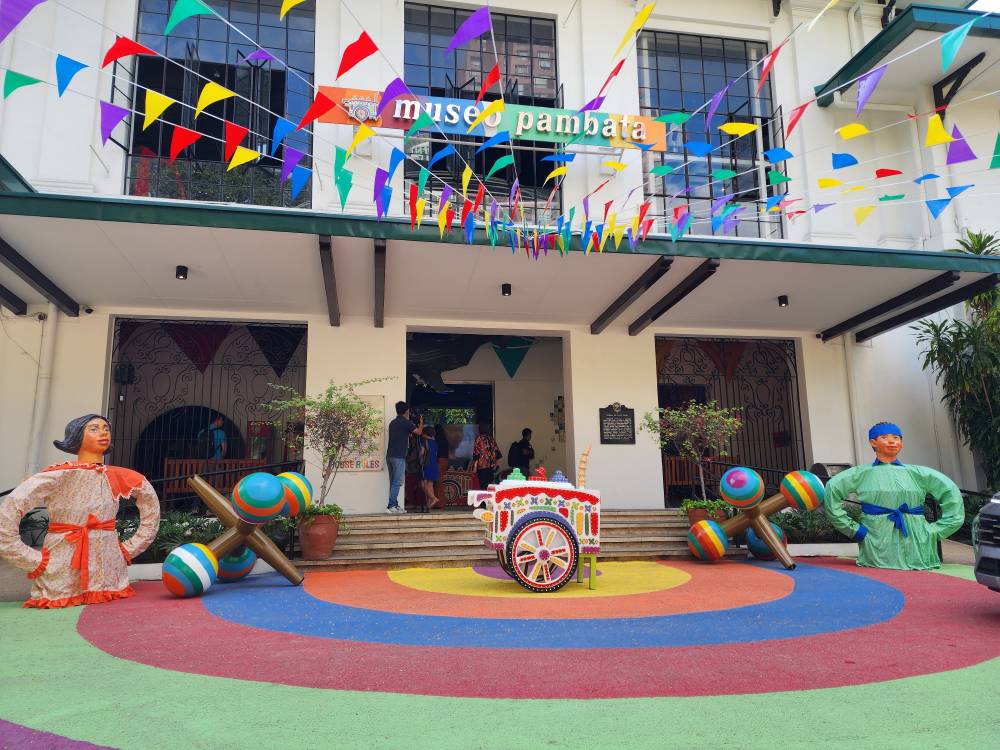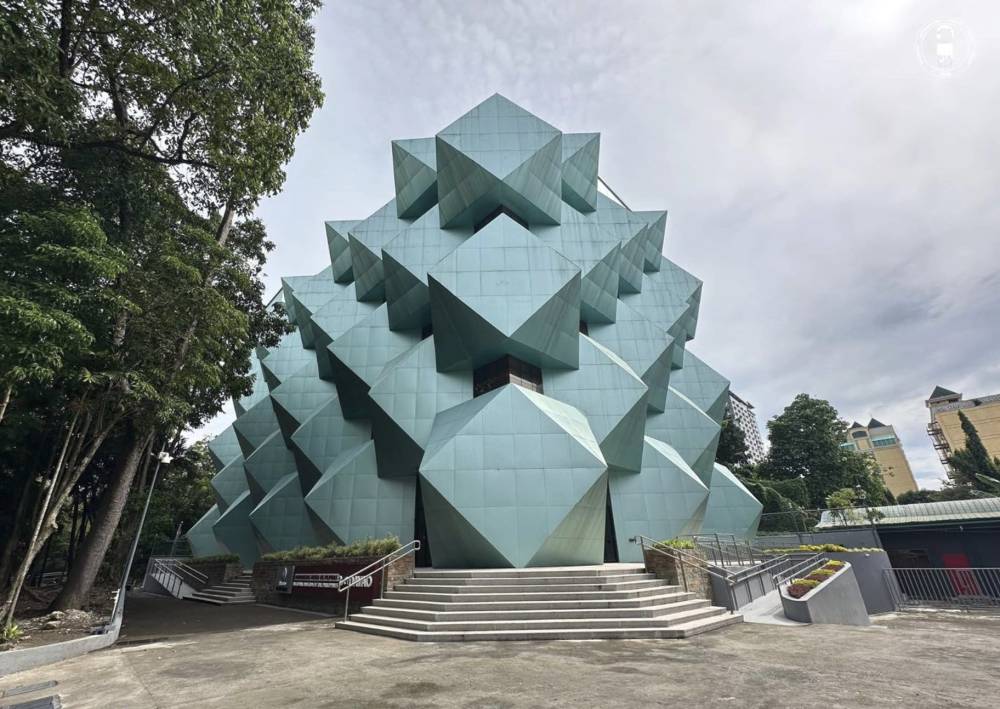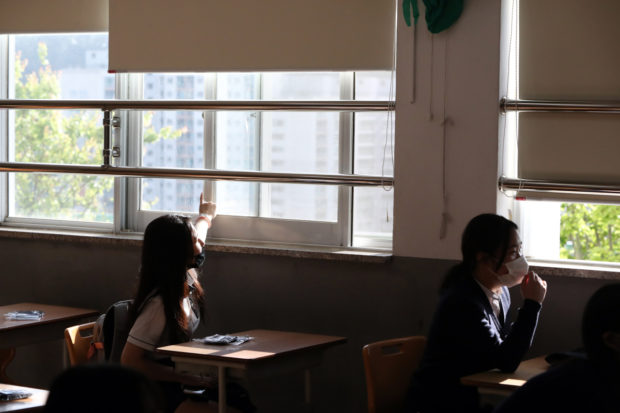
SEOUL — The post-COVID-19 era is looming, bringing changes to what people considered normal. As the world deals with this highly contagious disease and prepares for other viruses in the future, interior design experts imagine new layout models and architectural changes to minimize the spread of disease.
To begin with, more people are expected to work from home, which calls for changes to architectural design so that households can accommodate workspaces.
“People will spend more and more time at home in the future with widespread work from home and online classes,” said Yoo Hyun-joon, a professor at School of Architecture in Hongik University and head of Hyunjoon Yoo Architects. “Houses have to accommodate more functions in the future, which will increase the demand for larger houses (more) than ever before,” he said.
In addition, houses that have terraces will be popular because people value fresh air, according to Yoo.
As many South Koreans live in apartments without attics or basements, which are viable options for workspaces as those areas are isolated from the rest of the house, finding a space to work in a typical Korean housing unit can be difficult.
“If people are working long hours at home, access to a window for lighting and better air quality needs to be taken into account,” said professor Kim Suk-kyung of Yonsei University’s Department of Interior Architecture and Built Environment.
“Anywhere where a desk and a computer can be positioned works, whether that is the living room, bedroom or the kitchen. Rooms will need to have multiple functions in the future,” she said.
There is already interior design in the market that places a work desk in the area connecting the living room and the kitchen, according to Kim.
Construction companies that cater to private clients predict a demand for home saunas in newly built houses.
“People are hesitant to go to public saunas because of the coronavirus. We want to include the private sauna within the house so people can enjoy it safely and use it to boost immunity,” said Hyun Jung-jae, head of the planning team at Dream Love Housing, a private construction company.
Office spaces will also have to change in the post-COVID-19 times as work from home becomes popular, leaving fewer workers in the office and as the tightly packed layout of today’s offices risk mass infections.
“We need to consider if offices will need large spaces in the future. For example, the US is focusing on using smaller space efficiently. Changes to the layout of work stations can prevent the need to move to larger space to social distance,” said Kim.
Kim suggested rotating work stations and raising cubicle walls between desks so that workers do not face each other.
Other places that will see changes in the post-COVID-19 era are places where many people gather, including schools, theaters and religious buildings.
Yoo says a school has three functions — the delivery of knowledge, taking care of children and providing students with a place to experience society. The first function is rapidly heading online. While he does not think that physical schools will disappear, the need to redesign schools to prepare for the future will be crucial.
In regards to theaters, Kim imagines theaters in the future will need to have wider entrances, so that people do not crowd in one area. Also, the need for a transitional space between the outside and the theater to function as a place to check the health of the entrants will increase.
Although there is a call for seating arrangements to be wider apart to ensure social distancing in future theaters, major movie multiplex chains in Korea like CGV have yet to think about layout for the post-COVID-19 era as they struggle with the economic impact of the pandemic.
Architectural design can give strong impressions and messages. The church gathering its members in one large chapel with everyone facing one direction and sitting side by side gives a sense of unity. That structure has been under attack with the spread of COVID-19, according to Yoo.
“The church lost its power when the Black Plague hit because people didn’t gather. How Korean churches handle this situation remains to be seen,” said Yoo.
In the post-COVID-19 era, ventilation will be emphasized and regulations will be stricter, according to experts.
“Having windows for natural ventilation or having mechanical ventilation in place will be a must. For a while, we’ve been relying on mechanical ventilation more than natural ventilation, but we need to reconsider adjustments to accommodate natural ventilation,” said Kim.
Kim suggested a semi-open floor plan for ventilation as a possible way to go.
Having a closed floor plan can lead to poor ventilation, while a completely open floor plan can lead to mass infections. Therefore, a semi-open floor plan where a large space is broken into smaller zones that can have separate ventilation is ideal.
Construction companies are also developing new filtration systems for the post-COVID-19 era. Lotte Construction developed an air filtration and ventilation system that can filter microdust as well as other harmful substances, and is planning to install it in new apartments and offices to meet demand for safe air.
In addition, antibacterial materials such as copper alloys to prevent the spread of viruses is projected to play a bigger role as construction materials, and the importance of facility management will come to light.
Widespread IoT (internet of things) is also expected to become important in architectural design in the post-COVID-19 era.
The elderly are the most vulnerable to the spread of virus, and experts imagine using IoT to monitor health will become popular among the elderly. Also, using IoT at building entrances to check the temperature of entrants will need to be further developed.
According to Yoo, with IoT, use of self-driving cars will allow shipping of products to happen in underground tunnels, leading to smaller roads on the ground. This will then lead to more parks where people can gather and larger houses, befitting the post-COVID-19 era.
Changes to design need to be accompanied by the right technology, regulations and, most importantly, lifestyle patterns, according to experts.
Many Korean households have bathrooms placed close to the front door so that people can wash their hands before entering the house. However, without life pattern of washing hands when entering a house firmly in place, such design is meaningless.
“We experienced World War I and World War II and got a lesson and have prevented World War III so far. If we learn from this spread of COVID-19, we will be better prepared for the next pandemic by changing lifestyles and designs and be able to prevent the spread in its early stages,” said Yoo.

